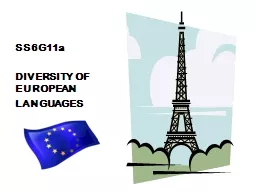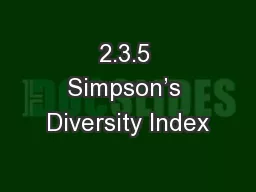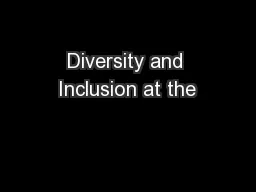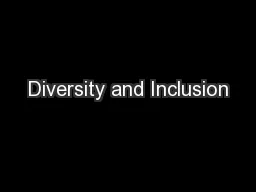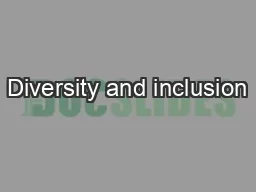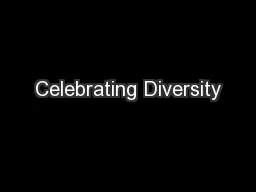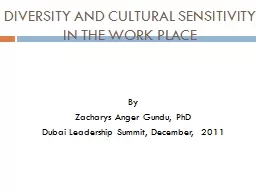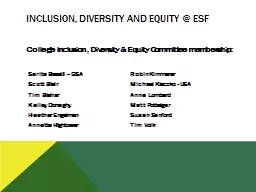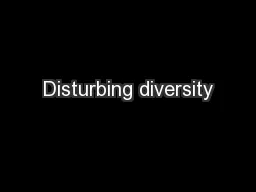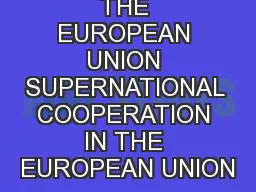PPT-SS6G11a DIVERSITY OF EUROPEAN
Author : ellena-manuel | Published Date : 2018-02-25
LANGUAGES COMPARISON GERMAN ENGLISH RUSSIAN FRENCH ITALIAN Larger in landmass than US Doubled in population than US One dominant language in US English Europe
Presentation Embed Code
Download Presentation
Download Presentation The PPT/PDF document "SS6G11a DIVERSITY OF EUROPEAN" is the property of its rightful owner. Permission is granted to download and print the materials on this website for personal, non-commercial use only, and to display it on your personal computer provided you do not modify the materials and that you retain all copyright notices contained in the materials. By downloading content from our website, you accept the terms of this agreement.
SS6G11a DIVERSITY OF EUROPEAN: Transcript
Download Rules Of Document
"SS6G11a DIVERSITY OF EUROPEAN"The content belongs to its owner. You may download and print it for personal use, without modification, and keep all copyright notices. By downloading, you agree to these terms.
Related Documents

